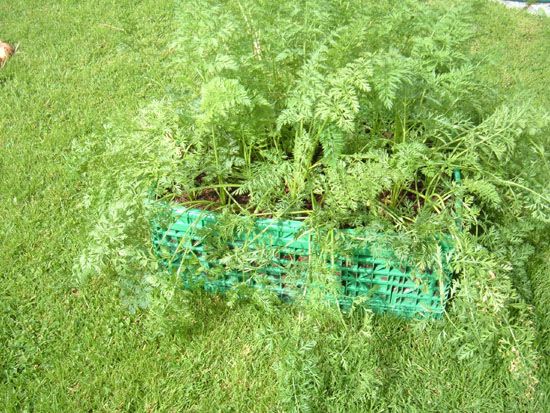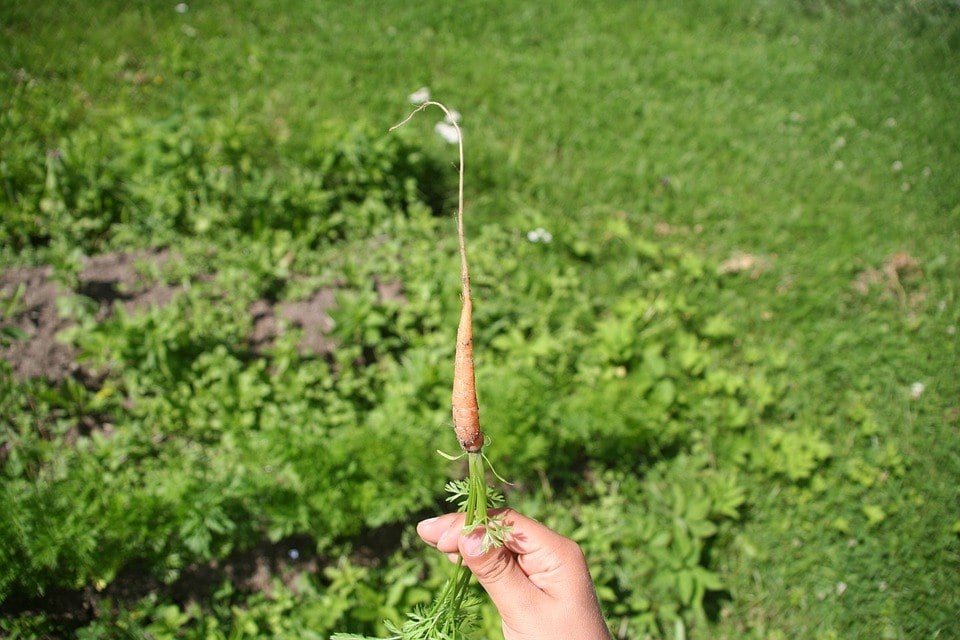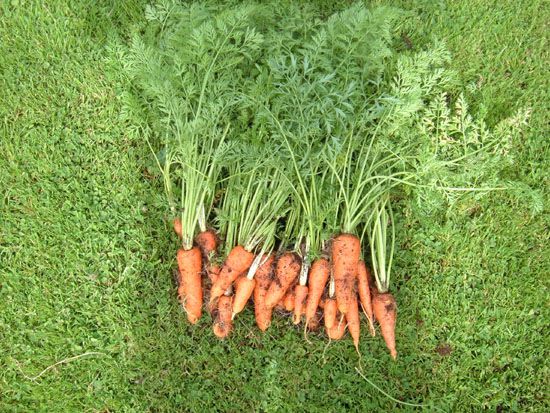

The farm is situated 1600 to 2000m above sea level with an average annual rainfall of 2358.7mm and temperature 19.6 0C.Īfter clearing the plots were segmented in experimental units of 2m by 2m. The study was carried out at the teaching and research farm of the College of Technology, the University of Bamenda located at between latitudes 5 0 and 6 0N of the equator and longitudes 10 0 East of Greenwich Meridian. It was within this backdrop that this study was carried out with the general objective to investigate the influence of transplanting on root yield attributes of carrot.


It was within the context of valorizing thinned seedlings of carrot that this study was initiated with the transplanting option prioritized. All thinned seedlings are often discarded, making the process waste seeds that are usually very expensive. Thinning in carrot fields involves the uprooting of some seedlings to reduce crop density as well as intra specific competition which can lead to drop in root yield attributes. Since broadcasting hardly ensures homogenous distribution of seeds, thinning is a post emergence agronomic activity carried out in broadcasting field to minimize growth hitches related to overcrowding. Carrot seeds are sown mainly by broadcasting method of direct seeding. 7 The cost of seeds is very high with 5 g sold at 6 dollars in Cameroon. This implies that most of carrots grown in the tropical countries including Cameroon have their seed imported from cold climate countries of Europe and North America. 6Given that vernalization is a prerequisite to flowering, carrots grown in the tropics hardly flowers. 5 Even after vernalization, induction, flower stalk elongation (bolting), flowering and seed production are promoted by long day conditions of 16hr. 4 In biennial carrot types, flowering or bolting requires at least 6weeks of vernalization. Carrots require a certain number of cold hours to become vernalized and proceed to the reproductive stage. Prolonged exposure to cold temperatures, which leads to vernalization, is a flower-promoting signal that many plants in temperate regions including carrot use to ensure that flowering occurs under more favorable environmental conditions of the spring. 3 Thus, plants have evolved intricate signaling networks to sense and monitor photoperiod and temperature changes to control flowering time. The appropriate time for flowering is crucial for successful reproduction since in many plant species, the transition of the meristem from vegetative to reproductive development is irreversible. While wild carrot types are annuals, cultivated varieties are biennial because flowering takes place only in the second year. 1, 2 Generally carrot is a cold climate plant and it is mainly propagated by seeds. Among root vegetables, carrot is one of the most popular in terms of economic value because of its short cycle its storage root is rich in carotenoids, anthocyanins, dietary fiber and vitamin A. Keyword: Daucuscarota L., Transplanting, Biometric parameters, Root forking, Root yield IntroductionĬarrot ( Daucuscarota L.) is the most important crop of Apiaceae family.
#Transplant thinned carrot seedlings trial
Highly significant differences at P<0.05 were noticed at the level of root yield, with direct seeding trial (T0) recording a significantly higher yield of4.25t/ha against1.81, 2.4, and 1.73 t/ha for transplanting at 5 DAE, 10DAE and 15DAE. Results show that trial under T0 presented significantly higher number of straight roots carrot while all transplanted carrots regardless of the day of transplanting developed 1 to 3 forks at harvest (p<0.05). Variables evaluated were growth in tap root length over time, length of root, fresh weight roots, rate of root forking /plant and root yield (t/ha). The experimental layout was a randomized complete block design (RCBD) with four treatments being T0=direct seeding which served as the absolute Control, and three transplanting days after emergence (DAE) notably T1=Transplanting at 5 DAE, T2=Transplanting 10DAE, T3=Transplanting 15DAE. It was within this context that this study was carried out at the teaching and research farm of the college of technology of the University of Bamenda, Cameroon to determine the effect of transplanting on root yield of imperator carrot variety. Given the expensive nature of carrot seeds, transplanting of thinned seedlings could be a more useful option than discarding them. To reduce the undesirable effects of high crop density, uniform seedling distribution is ensured by thinning and discarding of a large number of seedlings. Direct seeding of carrot by broadcasting usually leads to overcrowding of seedlings after emergence.


 0 kommentar(er)
0 kommentar(er)
